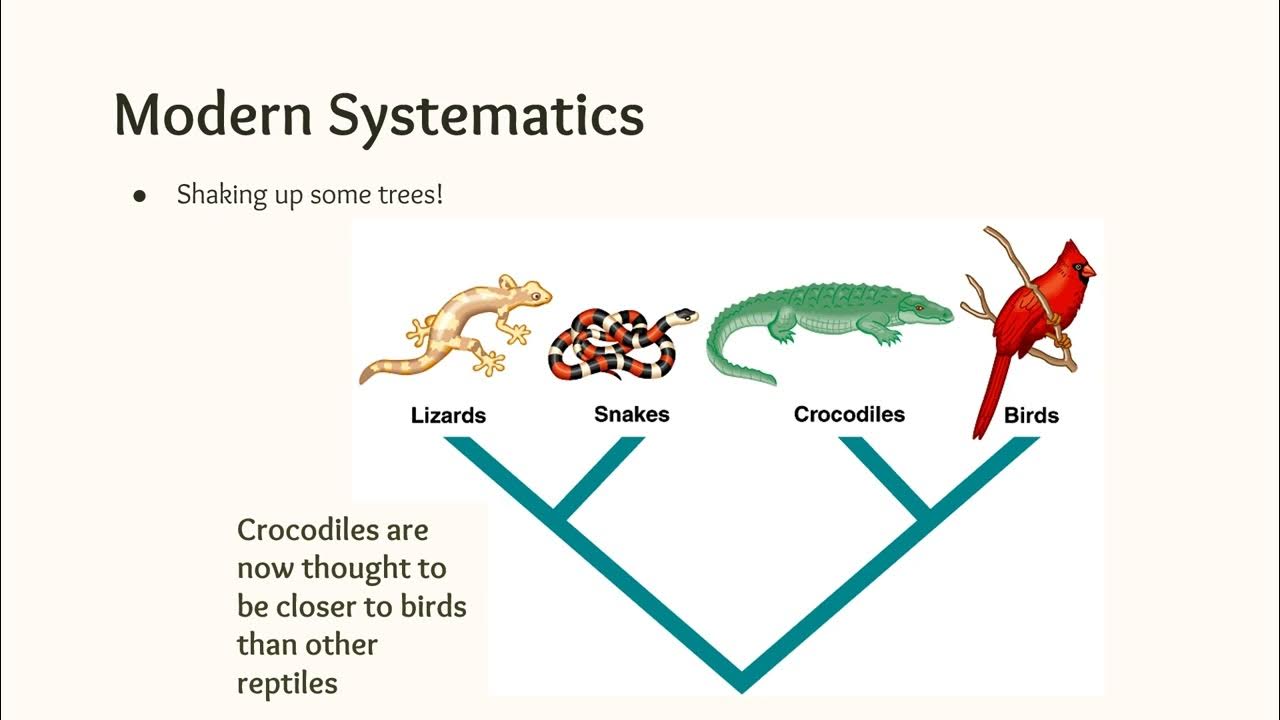EARTH AND LIFE SCIENCE Quarter 2 Lesson 1: Introduction to Life Science
Summary
TLDRIn this engaging life science lesson, Mom De La Soyna explores the origins of life on Earth, highlighting the biochemical and genetic similarities among species. The video delves into various theories about life's beginnings, from special creation to biochemical evolution, emphasizing the most accepted view that life emerged from non-living matter. It discusses the characteristics of life, the differences between eukaryotic and prokaryotic cells, and the evolution from unicellular to multicellular organisms. The lesson also touches on the importance of understanding life's characteristics for appreciating and preserving all forms of life.
Takeaways
- 🌐 Life on Earth: Earth is the only known planet to support life, and all life forms share biochemical, genetic, and metabolic similarities, suggesting a common ancestor.
- 🔬 Theories of Origin: Various theories attempt to explain the origin of life, including special creation, spontaneous generation, biogenesis, biochemical evolution, panspermia, and deep sea hydrothermal vent theory.
- 🧬 Cell Structure: All living organisms are composed of cells, which can be either unicellular or multicellular, with prokaryotic cells lacking a nucleus and eukaryotic cells containing a nucleus and other organelles.
- 🌱 Early Life: The first forms of life are believed to have appeared around 3.5 billion years ago, with evidence from microfossils found in rocks of that age.
- 🌿 Photosynthesis: Cyanobacteria, capable of oxygen-producing photosynthesis, played a crucial role in the early Earth's atmosphere, leading to an increase in atmospheric oxygen.
- 🌿 Multicellular Evolution: Multicellular organisms are thought to have evolved from unicellular eukaryotes, with specialization of cells leading to the emergence of diverse life forms.
- 🔬 Fossil Evidence: Fossils provide evidence of early life, with microfossils and stromatolites indicating the presence of photosynthetic bacteria and other early organisms.
- 🧪 Cell Specialization: The evolution of life involved the specialization of cells, leading to the development of complex organisms, including humans.
- 🌿 Characteristics of Life: Living organisms share seven basic characteristics: nutrition, reproduction, excretion, growth, movement, respiration, and sensitivity.
- 🔬 Study of Life: Biology encompasses the study of life, its characteristics, and the processes that distinguish living things from non-living entities.
Q & A
What is the main theme of the lesson presented by Mom De La Soyna?
-The main theme of the lesson is the introduction to life science, focusing on the definition of life, the characteristics of living organisms, and the historical development of the concept of life, including the origin of the universe and Earth.
What are the basic characteristics of life that all organisms share?
-The basic characteristics of life include nutrition, reproduction, excretion, growth, movement, respiration, and sensitivity.
What is the significance of the common ancestor mentioned in the script?
-The common ancestor is significant because it implies that all life on Earth evolved from a single prokaryotic organism that lived billions of years ago, highlighting the biochemical, genetic, and metabolic similarities among Earth's species.
What are some of the theories proposed by scientists regarding the origin of life on Earth?
-Some of the theories include the theory of special creation, spontaneous generation, biogenesis, biochemical evolution, panspermia, and deep sea hydrothermal vent theory.
Why is it challenging to find evidence of early life forms?
-It is challenging because cells are microscopic and difficult to fossilize. Additionally, tectonic plate movements have destroyed nearly all rocks older than about 4 million years, and most slightly younger rocks have been heated, destroying traces of biological material.
What is the significance of stromatolites in the study of early life?
-Stromatolites are significant because they are mounded, layered structures formed in shallow, sunlit water when a mat of photosynthetic bacteria traps minerals and sediment. They provide evidence of early life forms that existed 3.5 billion years ago.
How did the evolution of oxygen-producing photosynthesis in cyanobacteria impact early life?
-The evolution of oxygen-producing photosynthesis in cyanobacteria about 2.5 billion years ago led to the accumulation of oxygen in Earth's atmosphere, creating a new global selection pressure. This oxygen was toxic to some species, leading to their gradual evolution in its absence.
What is the difference between eukaryotic and prokaryotic cells?
-Eukaryotic cells have a nucleus and membrane-enclosed organelles, and are found in more complex organisms like plants and animals. Prokaryotic cells, such as bacteria, do not have a nucleus or membrane-enclosed organelles and are always unicellular.
What role do organelles play in a eukaryotic cell?
-Organelles are specialized parts of a eukaryotic cell that perform unique jobs, such as the nucleus controlling the cell's functions, ribosomes synthesizing proteins, the endoplasmic reticulum transporting materials, and the mitochondria providing energy for the cell's activities.
How did the first multicellular organisms evolve according to the script?
-Multicellular organisms are believed to have evolved from unicellular eukaryotes. Single eukaryotic cells formed multicellular aggregates through association, leading to the development of colonies and eventually the specialization of cells to form multicellular organisms like protozoans, sponges, and fungi.
What evidence do scientists look for to determine if a fossilized cell was eukaryotic?
-Scientists look for evidence such as the size of the cell, the presence of a cell wall with complex patterns, and biomarkers or substances that are predominantly found in specific types of cells, such as certain steroids that are present only in eukaryotes.
Outlines

هذا القسم متوفر فقط للمشتركين. يرجى الترقية للوصول إلى هذه الميزة.
قم بالترقية الآنMindmap

هذا القسم متوفر فقط للمشتركين. يرجى الترقية للوصول إلى هذه الميزة.
قم بالترقية الآنKeywords

هذا القسم متوفر فقط للمشتركين. يرجى الترقية للوصول إلى هذه الميزة.
قم بالترقية الآنHighlights

هذا القسم متوفر فقط للمشتركين. يرجى الترقية للوصول إلى هذه الميزة.
قم بالترقية الآنTranscripts

هذا القسم متوفر فقط للمشتركين. يرجى الترقية للوصول إلى هذه الميزة.
قم بالترقية الآنتصفح المزيد من مقاطع الفيديو ذات الصلة
5.0 / 5 (0 votes)






